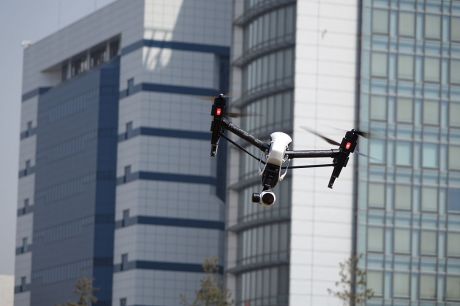EU policy encourages farmers to limit the use of herbicides by applying
them exclusively to infested areas instead of entire crop fields. In the
past, infestations were detected by satellite imagery, but this
technology has very limited resolution capabilities.
TOAS (New remote sensing technologies for optimizing herbicide applications in weed-crop systems) is an EU-funded research initiative that has developed unmanned aerial vehicles, or drones, that can detect weeds on crops fast and accurately. Scientists focused on maize and sunflower crops as well as olive and poplar trees.
Researchers have tested three flight altitudes: 30, 60 and 100 m. Higher altitudes required less images to capture fields, and thus less memory, but the processing software struggled to identify weeds. At lower altitudes the software can discern crops and weeds more easily, but more images are required.
To address this challenge, scientists implemented intelligent software called object-based image analysis. The result was that maize crop rows were discerned from crops with 100 % accuracy. Weed infestation levels were categorised as low, moderate and high with an accuracy of 86 %.
Project outcomes should help reduce the use of herbicides on crops and trees. They will also aid a reduction in farm costs and an increase in agro-environmental benefits.

